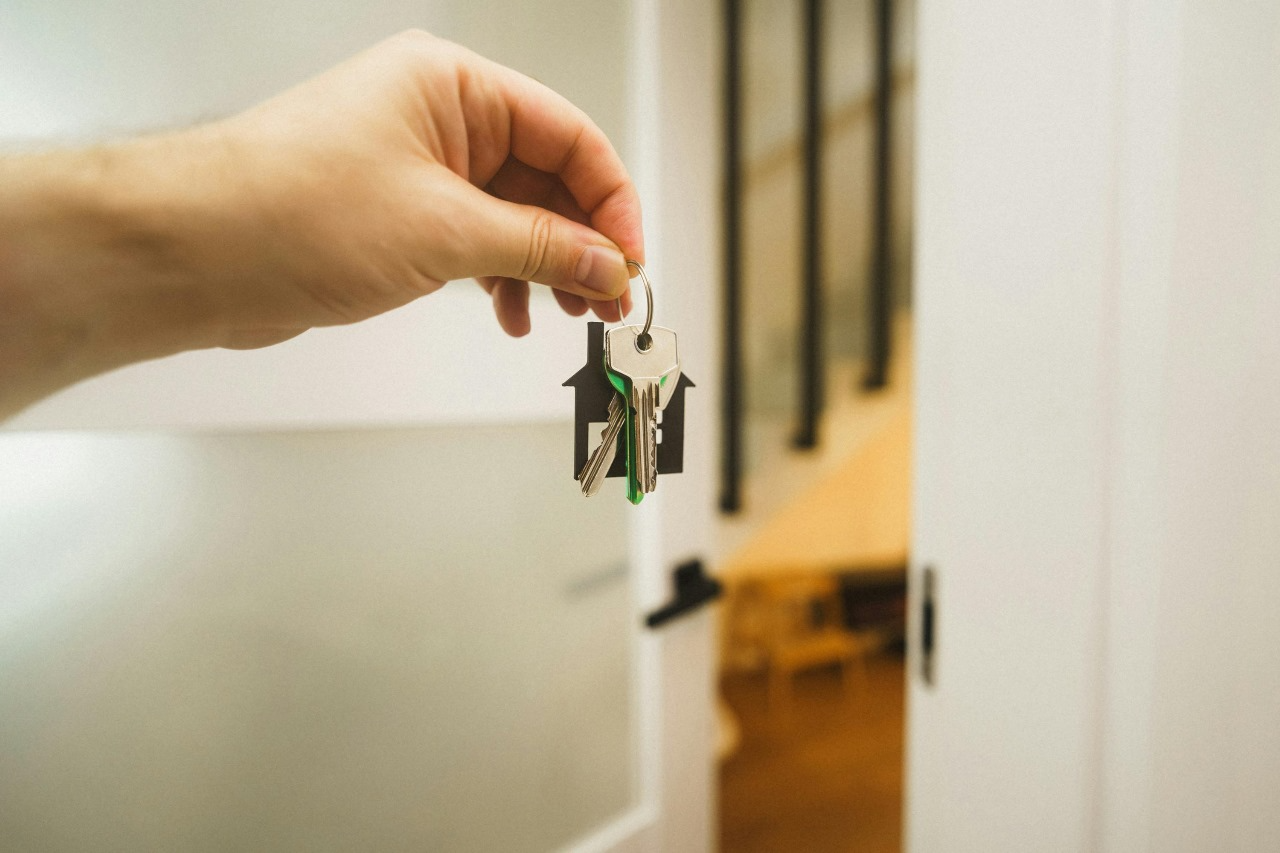Rent-to-Own Agreements

Rent-to-own agreements have emerged as a practical alternative for individuals and families who aspire to homeownership but aren't quite ready to secure a traditional mortgage. Whether due to limited savings, new credit history, or simply needing more time, this approach offers a structured path toward owning a home while living in it.
A rent-to-own agreement is a contractual arrangement where a tenant rents a property with the option to buy it later. These agreements typically have two main components: the lease portion and the option to purchase. During the rental phase, the tenant pays monthly rent like any traditional lease. However, a portion of each payment may be credited toward a future down payment or the final purchase price.
Understanding how rent-to-own works is essential. Before moving in, the buyer and seller agree on the future purchase price of the home—either locked in or based on market value at the time of purchase. The buyer pays an upfront option fee, usually non-refundable, which secures the right to buy the home later. This fee is often applied to the purchase price. Throughout the lease term, the tenant pays monthly rent, and a predetermined portion goes toward the eventual home purchase.
There are several components that shape a typical rent-to-own agreement. These include the length of the rental period, the option fee amount, the portion of rent applied to the purchase, and which party is responsible for property maintenance. It's critical to read and understand these terms before signing, as each contract can differ significantly based on the seller or provider.
One of the main benefits of a rent-to-own setup is time. It gives potential buyers the opportunity to improve their credit, save more for a down payment, and prepare financially while locking in a property they love. This is especially helpful for those who are new to Canada or self-employed and need more time to meet mortgage qualifications.
However, it's not without risks. If the tenant decides not to purchase the home—or is unable to secure financing when the time comes—they may lose the option fee and rent credits accumulated over the term. Additionally, if the property’s market value falls, the agreed-upon price may no longer be fair.
Deciding whether rent-to-own is the right path depends on your personal financial situation and future outlook. If you're confident in your ability to qualify for a mortgage within a set time frame and you’re working with a reputable program, this path can bridge the gap between renting and ownership. But it’s crucial to approach it with a clear understanding of the terms and long-term obligations.
Rent-to-own agreements can be a powerful stepping stone toward homeownership—when structured properly and entered into with full transparency.


